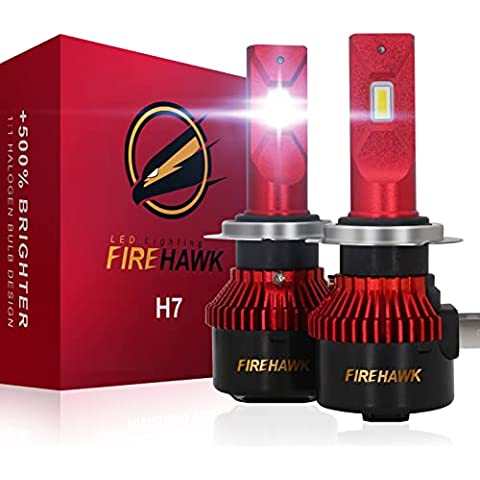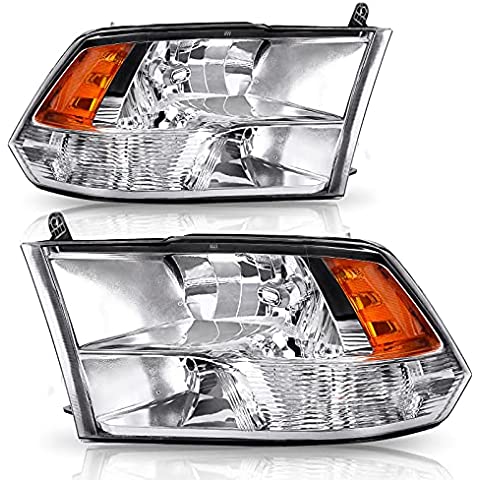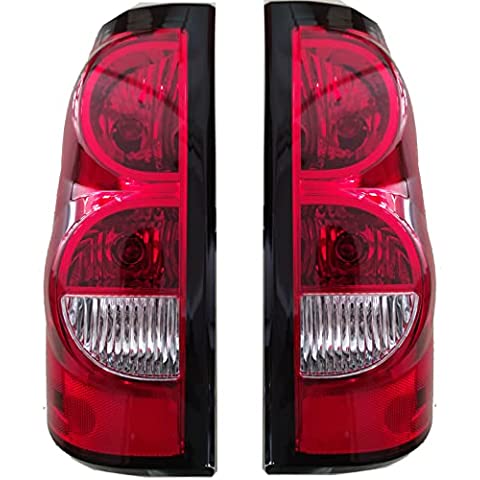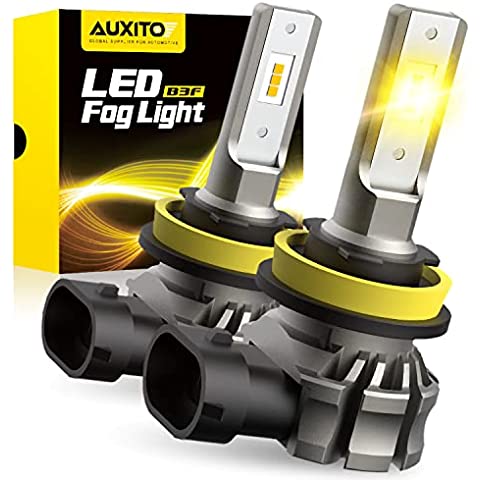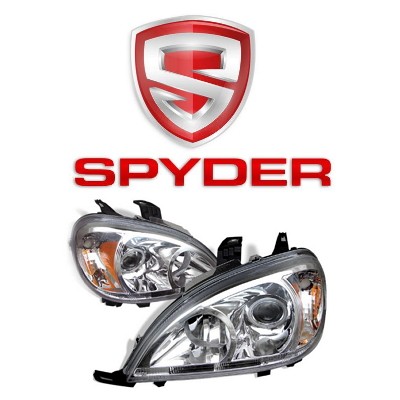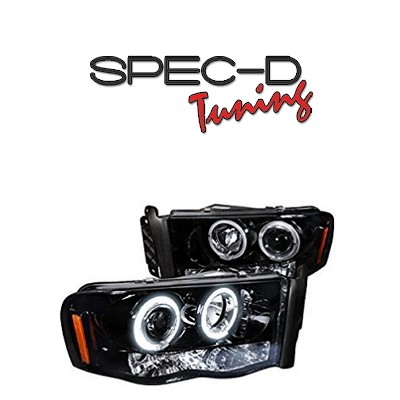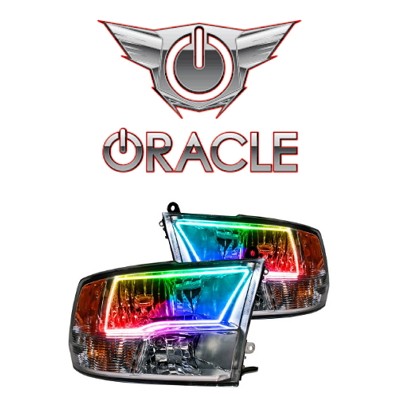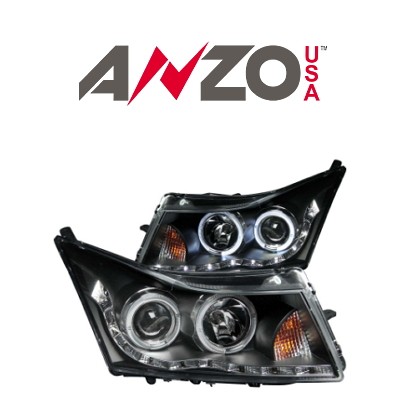As we approach 2025, the automotive lighting industry is experiencing a transformative shift driven by technological advancements and evolving consumer preferences. For car enthusiasts and everyday drivers alike, selecting the right lighting options for their vehicles can significantly enhance both aesthetics and safety. This article delves into the top automotive lighting options for car shows in 2025, providing detailed insights into trending technologies and products.
Products are available — click below to view them!
SEE DETAILS ON EBAYLeading Lighting Technologies in 2025
The automotive lighting market is abuzz with innovations that promise to elevate both functionality and style.
LED Lighting
LEDs remain a popular choice due to their energy efficiency and longevity. In 2025, expect to see LEDs with improved lumen output, reaching up to 5,000 lumens for standard headlights. Manufacturers like Philips and OSRAM are leading the charge with products such as the Philips Ultinon Pro9000, known for its 50,000-hour lifespan and 20-watt power consumption, offering unparalleled brightness and clarity.
HID vs. Halogen
While High-Intensity Discharge (HID) lights provide brighter illumination than traditional halogen bulbs, they are gradually being overshadowed by LEDs. However, HIDs like the Sylvania SilverStar Ultra, boasting 3,200 lumens, still hold their ground for those seeking intense brightness without transitioning to full LED systems.
- HID: Higher lumen output but shorter lifespan (around 3,000 hours) compared to LEDs.
- Halogen: Budget-friendly, with a lifespan of about 1,000 hours, suitable for those prioritizing cost over performance.
Innovative Trends for 2025
The future of automotive lighting is not just about brightness; it’s about intelligence and sustainability.
Smart Headlights
Smart headlights, featuring adaptive and matrix systems, are gaining traction. These lights automatically adjust their beam patterns based on road conditions and oncoming traffic, enhancing safety. Expect to see these systems in premium models and high-end aftermarket products, with brands like Hella pioneering the field.
Eco-Friendly Options
With increasing environmental awareness, eco-friendly lighting options are becoming essential. LEDs lead in this category due to their low energy consumption and long lifespan, reducing waste and energy use. Research indicates a projected 20% increase in consumer demand for eco-friendly lighting by 2025.
DIY Guide: Upgrading Your Vehicle’s Lighting
For those looking to upgrade their vehicle’s lighting, here’s a simple guide to help you get started.
Tools and Materials Needed
- LED or HID bulb kit
- Screwdriver set
- Wrench set
- Gloves
- Safety glasses
Step-by-Step Instructions
1. **Preparation:** Ensure the vehicle is turned off, and the keys are removed. Wear safety glasses and gloves.
2. **Access the Headlight Assembly:** Open the hood and locate the headlight assembly. Use a screwdriver to remove any protective covers.
3. **Remove the Old Bulbs:** Disconnect the power connector and carefully remove the old bulb. Avoid touching the glass part of the new bulb with your fingers.
4. **Install the New Bulbs:** Insert the new LED or HID bulb into the socket, ensuring it’s securely fastened. Reconnect the power connector.
5. **Test the Lights:** Turn on your vehicle to test the new lights. Adjust the beam pattern if necessary.
Safety Standards and Legal Regulations
When choosing automotive lighting, compliance with U.S. safety regulations is crucial. The National Highway Traffic Safety Administration (NHTSA) and the Department of Transportation (DOT) set standards that ensure lights provide adequate illumination without blinding other drivers. Look for DOT-approved products to ensure legality and safety on the road.
Conclusion: Making the Right Choice
Selecting the right automotive lighting involves balancing aesthetics, performance, and compliance. Whether you’re drawn to the brilliance of LEDs or the adaptability of smart headlights, 2025 offers a range of exciting options. Visit leading retailers like AutoZone or explore online marketplaces for the latest products. Consider your driving needs, budget, and environmental impact to make an informed decision that enhances your vehicle’s appeal and functionality.

